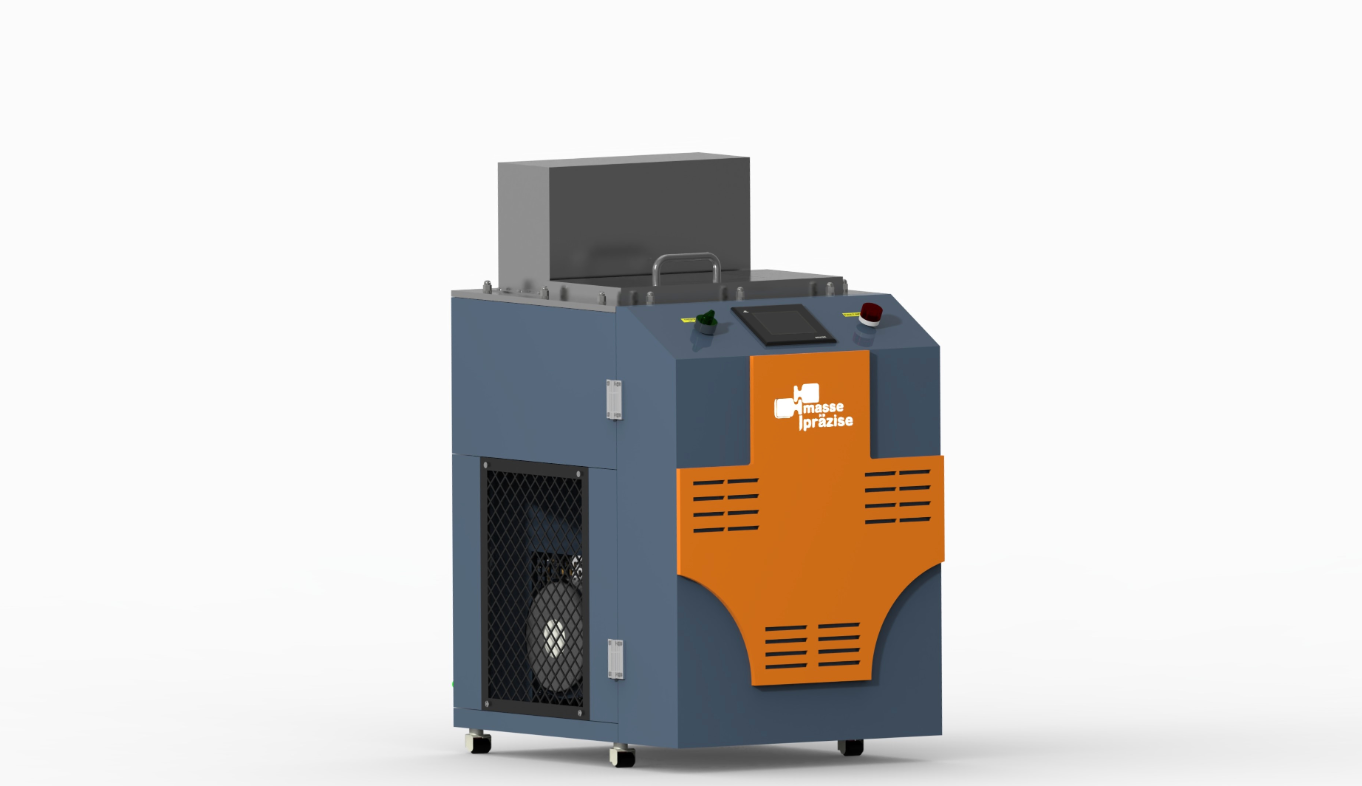Maintenance Checklist for Laboratory Water Baths: Ensuring Long-Term Performance

Laboratory water baths are indispensable in many scientific settings—from biological labs and chemical research to quality control in industries. Whether you use a Laboratory Water Bath, Circulating Water Baths, or other Water Baths for Labs, proper care is essential to maintain accuracy, reliability, and longevity. In this post, we’ll walk through a detailed maintenance checklist and share best practices. If you’re sourcing equipment, always consider a reputable water bath manufacturer that supports maintenance and spare parts.
Why Maintenance Matters for Scientific Water Baths
-
Prevents contamination (microbial growth, algae) that could affect your experiments.
-
Reduces scale buildup and corrosion, which degrade heating efficiency and sensor accuracy.
-
Ensures consistent and accurate temperature control over time.
-
Extends the service life of the equipment and lowers downtime.
Special Considerations for Circulating Water Baths
Because Circulating Water Baths actively pump water, they have additional points to watch:
-
Ensure the pump is operating smoothly and free of blockages.
-
Inspect and clean tubing and inlets/outlets frequently.
-
Monitor for air bubbles or cavitation in the circulation loop.
-
Use filters where applicable to prevent particulates entering pump or heater.
Circulating systems help maintain uniform temperature distribution, but their additional parts require extra care.
Choosing a Good Water Bath Manufacturer & Setup Tips
When selecting a water bath manufacturer, look for:
-
Availability of spare parts (heaters, sensors, seals)
-
Good technical support and documentation
-
Robust construction (e.g. corrosion-resistant stainless steel)
-
Clear instructions / maintenance manuals
During initial setup:
-
Level the unit properly.
-
Use the correct water fill level (not too low to expose heating elements).
-
Avoid placing the bath where external vibrations or drafts could interfere.
-
Use a diffuser shelf or stand-off to prevent samples from directly touching heater surfaces. Many manufacturer manuals (e.g. for Thermo Scientific GP baths) provide precise fill levels and maintenance guidelines.
Common Issues & Troubleshooting
-
Temperature drift or inaccuracy → Sensor calibration needed.
-
Slow heating → Scale buildup or degraded heating element.
-
Unusual odor or discoloration → Microbial contamination; sanitize and change water.
-
Leaks or corrosion → Check seals/gaskets or corrosion in chamber.
-
Pump noise or failure (in circulating baths) → Blockage or worn parts.
Summary & Final Tips
By following this maintenance checklist, you help ensure your Laboratory Water Bath or scientific water baths perform reliably over years. Don’t neglect periodic care, especially for Circulating Water Baths, which have moving components and require more vigilance. Always refer to documentation from your water bath manufacturer and set a routine preventive maintenance schedule
Blog Source - Thermo Fisher Scientific
.
- Art
- Causes
- Crafts
- Dance
- Drinks
- Film
- Fitness
- Food
- Games
- Gardening
- Health
- Home
- Literature
- Music
- Networking
- Other
- Party
- Religion
- Shopping
- Sports
- Theater
- Wellness



